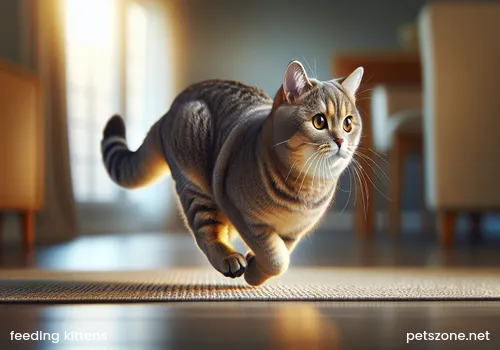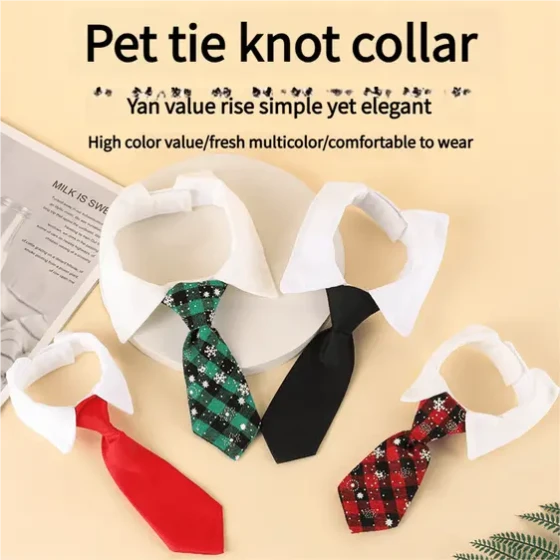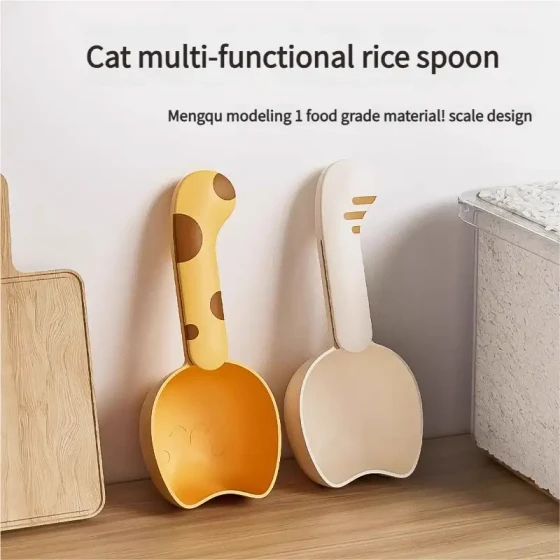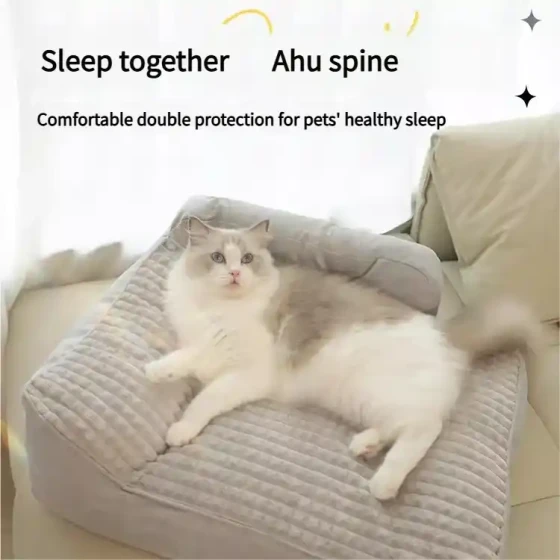How to Feed Kittens (How to Care for Kittens)
How to feed kittens? If you don't have the time and energy to make homemade cat food, it is best for cats to have cat food as the main diet. Good brands of cat food contain various nutrients needed for kittens' growth. You can feed canned chicken and other snacks in moderation, but canned food should not be eaten every day; feeding 1-2 times a week is sufficient. Eating too much canned food may cause your cat to suffer from heat symptoms. The diet for cats should still be reasonably planned, with regular feeding times, three to four times a day, small frequent meals to develop good habits.
Food and Feeding

Ideally, your kitten should be exposed to various kinds of food at a very young age. Canned food, dry dog food, raw (safe) veggies, and homemade dishes that you might share with them. Without this early exposure, cats tend to fixate on one favorite food and would rather starve than try other things.
For wild cats, this is a life-saving trait because they will never eat food that looks or smells bad, so they won't be poisoned by spoiled food. Your cat may take this too far and think that different forms of food are bad. To them, that means spoiled. Kittens that learn to eat various foods at a young age can avoid this problem.
If your cat also has more than one favorite food, that's even better. Multiple foods can provide a more balanced diet and prepare them for when you need to change their diet due to health issues. Or if the formula of their favorite food changes. If you know what your cat likes, feed them that, but from time to time provide something different.
Kittens under four months old should eat four to five times a day. Between four to eight months, feed them three to four times a day. Adults need three meals a day.
Play and Exercise
One of the best ways to bond with your new cat or kitten is to play with them. It's wonderful when your cat drags their favorite toy to you to play.
The best games to play with cats involve toys or objects other than your hands. Teasing rods (fishing pole toys) are a lot of fun. While playing, your cat will chase the toy running, jumping, and meowing. This is great exercise, as well as fun and bonding. Many cats like to fetch their favorite toys, especially balls with bells inside. A cardboard box with holes is a cat’s favorite. Feathers are also great.
But don't play roughly with your hands, as this will teach them to play fight with you and use their claws and teeth in other situations. Also, humans are huge compared to cats. Even if you think it’s play, don’t scare them by fighting.
Play and exercise are also good ways to keep cats healthy. Veterinarians see more and more obese cats. This is unhealthy for cats and can lead to many major health problems. Regular play helps reduce weight gain and maintain good health.
Cat Scratching Posts
Your cat’s claws regularly shed the outer layer of keratin as they grow. If you see your cat occasionally nibbling its claws, it is trying to remove the outer layer that needs to shed. Cats also remove this layer by scratching. This can be on trees, wooden posts, cat trees, or your furniture. There are also scent glands on the bottom of their paws; when they scratch, they leave their scent, marking that post or chair as theirs.
Since none of us like our furniture to be used as scratching posts, how do we prevent this? Cat trees are the answer. Invest in two to three cat trees, the taller the better. Buy some with carpet, some with ropes, and place them where your cat likes to nap and scratch. Rub some catnip on the cat trees and watch the fun.
Cleaning the Litter Box
The leading reason cats lose their home is due to litter box issues, second only to scratching furniture. However, litter box problems are usually human-caused, often due to misunderstanding cat needs.
Prepare at least one more litter box than the number of cats you have. This allows each cat to have options, in case one cat wants to claim a box as their own. Place the boxes in quiet areas, not in busy rooms. Once you find a litter your cat likes, don’t change it. Ignore sales and advertisements, stick to what your cat uses. Many cats dislike scented litter or are sensitive to certain litter textures. Clean boxes regularly, at least once a day. If you have more than one cat, twice a day is better.
Body Care and Grooming
Although cats are good at maintaining self-sufficiency, they do need our help. Start by petting your cat when they are relaxed with you, gently stroking their entire body. Keep it slow and non-threatening, stop when they start protesting. Each time extend the time under comfortable conditions until you can touch their whole body. If they like treats, add one as a reward.
Afterward, incorporate combs and brushes into these sessions. Your goal should be to be able to touch their whole body so you know what is normal and what is not. Check their ears, teeth, and private areas. You also want to be able to comb and brush them without frightening or upsetting them.



